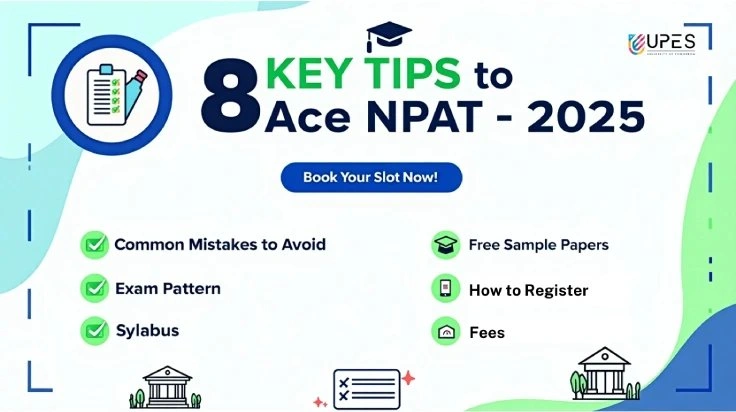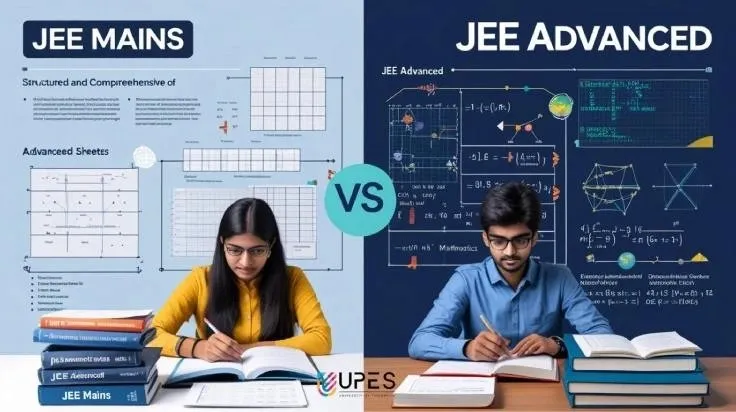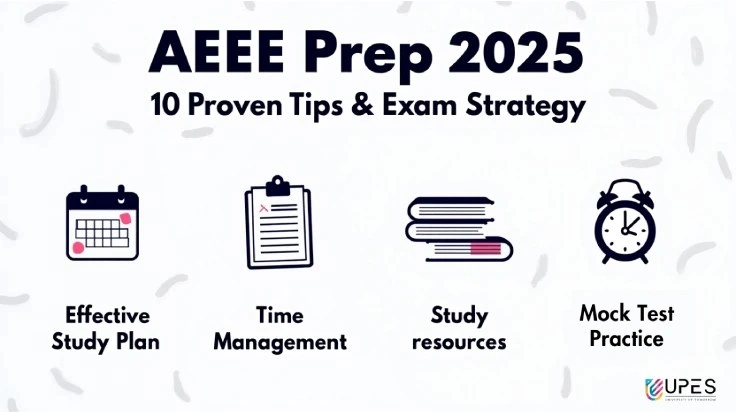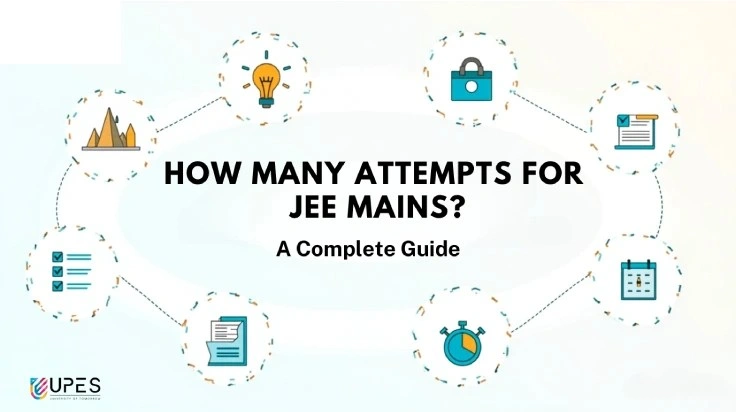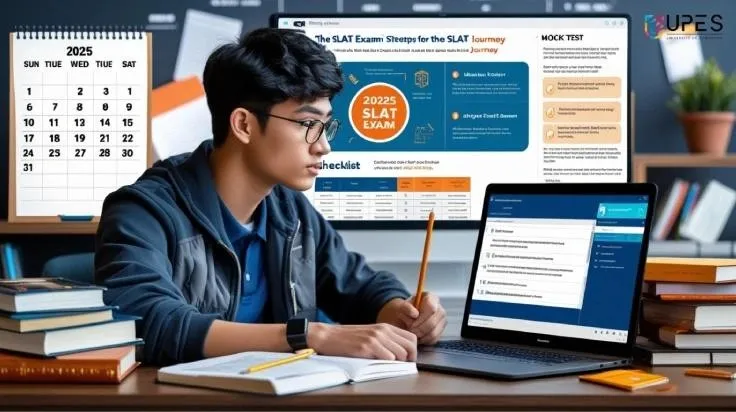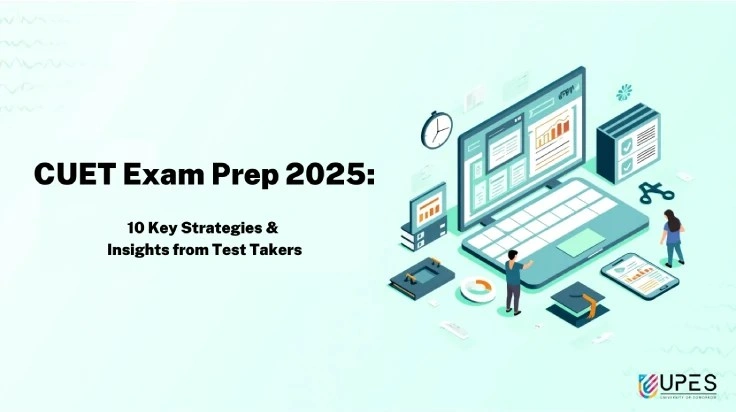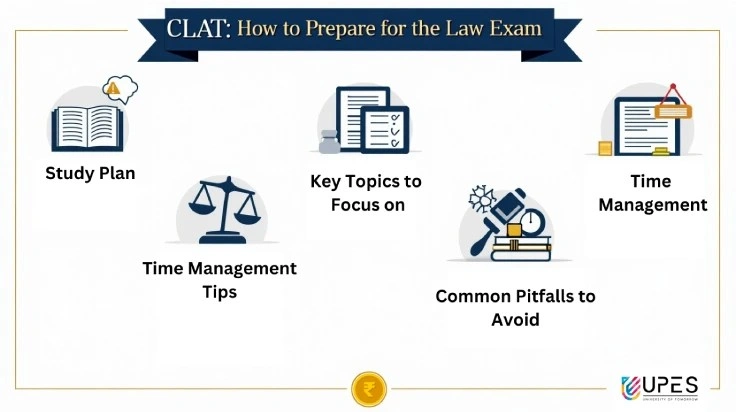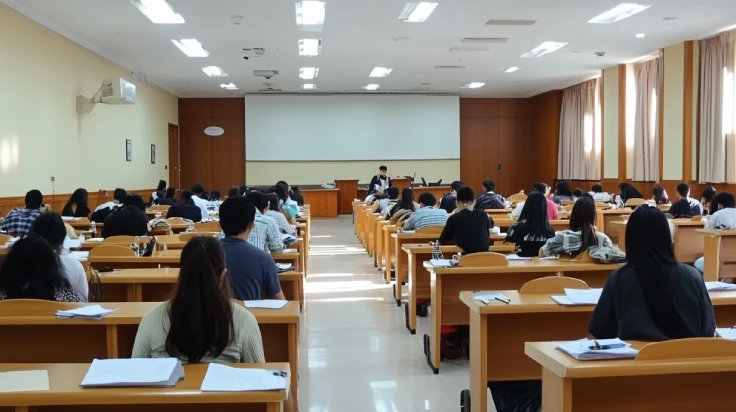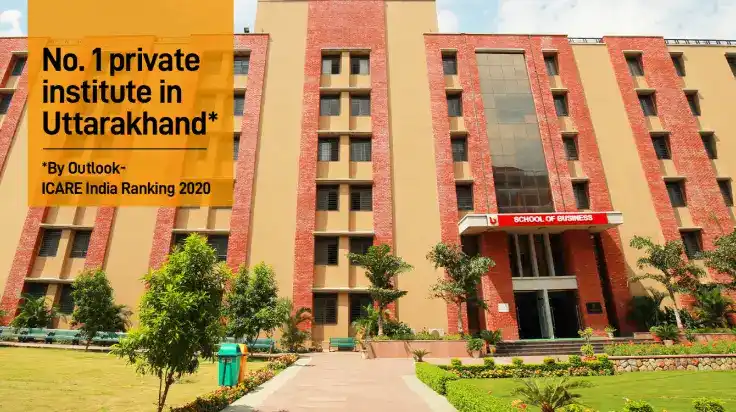Eligibility, Syllabus and Fees for Law Exams in India
- UPES Editorial Team
- Published 05/02/2025

Table of Contents:
Over the years, law as a career has gained immense popularity among the youth of the country. The opportunity to create an impact in the otherwise extremely slow judicial system, fight for justice, bring change in the societal fabric are some reasons motivating the youth to take up legal profession. However, having a career in law requires passing the law exams in India to gain a seat in any respectful law college or law university. Law exams in India are tough nuts to crack! Their syllabus is exhaustive, exam patterns expansive, and competition extensive. In case you don’t miss, it is imperative to have the knowledge of eligibility, syllabus, and fee for law exams in India at one place. You can thank us for deciphering your need and bringing forth a blog to help with all necessary information on law exams in India. Read further to know more.
Law Entrance Exams in India: An Overview
Several law entrance exams in India are conducted at the national, state, and university levels for law admission into undergraduate (LLB) and postgraduate (LLM) programs. Some of the most important law exam names include:
- Common Law Admission Test (CLAT)
- All India Law Entrance Test (AILET)
- Law School Admission Test (LSAT India)
- Maharashtra Common Entrance Test for Law (MH CET Law)
- Delhi University LLB Entrance Exam (DU LLB)
- Symbiosis Law Admission Test (SLAT)
- UPES Law Aptitude Test (ULSAT)
Each law entrance test has its own eligibility criteria, syllabus, and fees, which we will explore in detail.
Eligibility Criteria for Law Entrance Exams in India
The eligibility criteria for law exams in India vary depending on the exam and course level (UG or PG). Here’s a general overview:
Eligibility for UG Law Entrance Exams (LLB After 12th)
- Candidates must have completed Class 12 (10+2) from a recognized board.
- A minimum percentage requirement (usually 45-50% for general category and 40-45% for reserved category) applies.
- Some exams, like CLAT and AILET, require students to be below 20-22 years (age limits vary).
Eligibility for PG Law Entrance Exams (LLM After Graduation)
- A 3-year LLB or 5-year integrated LLB degree from a recognized university is mandatory.
- Minimum percentage requirements differ by university but typically range between 50-55% for general candidates.
Syllabus for Law Entrance Exams in India
The syllabus for law admission tests includes multiple sections to evaluate a candidate’s aptitude, reasoning, and legal knowledge. Below is a common structure:
1. English Language & Comprehension
- Reading comprehension
- Grammar and vocabulary
- Sentence correction
2. Logical & Analytical Reasoning
- Logical arguments
- Series and patterns
- Critical reasoning
3. Legal Aptitude & Legal Reasoning
- Legal principles and application
- Contract and criminal law basics
- Constitutional law fundamentals
4. General Knowledge & Current Affairs
- Indian Constitution
- International treaties and laws
- Legal and economic news
5. Mathematics (for some exams)
- Basic numerical ability
- Percentages, profit & loss
- Algebra and probability
Fees for Law Entrance Exams in India
The law exams in India fees vary based on the exam and category. Here’s a breakdown of the fees for top law entrance exams in India:
| Law Exam Name | Exam Fee (General Category) | Exam Fees (SC/ST/OBC) |
| CLAT | ₹ 4,500 | ₹ 3,500 |
| AILET | ₹ 3,500 | ₹ 1,500 |
| LSAT India | ₹ 3,999 | ₹ 3,999 |
| MH CET Law | ₹ 800 | ₹ 600 |
| DU LLB | ₹ 700 | ₹ 300 |
| SLAT | ₹ 1,950 | ₹ 1,950 |
| ULSAT | ₹ 1,800 | ₹ 1,800 |
Note: Fees are subject to change. Candidates should check official exam websites for the latest updates.
Law Exams in India After Graduation
For candidates who wish to pursue law after completing their undergraduate degree, LLB entrance exams such as DU LLB and MH CET Law offer opportunities to enroll in a 3-year LLB program.
| Exam Name | Eligbility | Syllabus | Fees |
| DU LLB Entrance Exam | Bachelor's degree with 50% (General), 45% (OBC/PH), 40% (SC/ST) |
|
|
| MH CET Law | Bachelor's degree with 45% (General), 40% (SC/ST) |
|
|
Law Competitive Exams After LLB
After obtaining an LLB degree, graduates can appear for various law competitive exams to establish their careers in legal practice, judiciary, or government services.
| Exam Name | Eligibility | Syllabus | Fees |
| All India Bar Examination (AIBE) (Mandatory for practicing law) |
|
|
|
| Judicial Services Examination (PCS-J) (For becoming a Judge) |
|
|
|
| Public Prosecutor Exam (For government law officers) |
|
|
|
Prepare for Law Exams with UPES School of Law
If you’re preparing for law entrance exams in India, UPES, Dehradun’s Law Program is one of the best in the country with global curriculum, moot courts, expert faculties, legal internships, and world-class infrastructure. By pursuing a degree like BA LLB (Hons) or BBA LLB (Hons) from UPES School of Law, students can gain in-depth knowledge and prepare for diverse roles in the legal sector.
The eligibility criteria for UPES School of Law is Minimum 50% marks in class X and XII. Admission to the program happens through ULSAT (UPES Legal Studies Aptitude Test). Non-admission pathway includes CLAT Merit and Board Merit. Up to 20% of seats shall be filled through the Board Merit/CLAT AIR Category.
Conclusion
Understanding law exams in India, their eligibility criteria, syllabus, and fees is crucial for aspiring legal professionals. Whether you are looking for LLB entrance exams after 12th or law admission tests after graduation, planning ahead can significantly impact your success. Stay updated on upcoming law entrance exams and prepare strategically to secure admission into a top law school.
Make sure you are clear on the dates, eligibility criteria, and other important information. Having them as a list helps memorise them better!
UPES Editorial Team
Written by the UPES Editorial Team
UPES Admission Enquiry
Subscribe to UPES Blogs
Join our community for exclusive stories, insights, and updates
By clicking the "Subscribe" button, I agree and accept the privacy policy of UPES.










